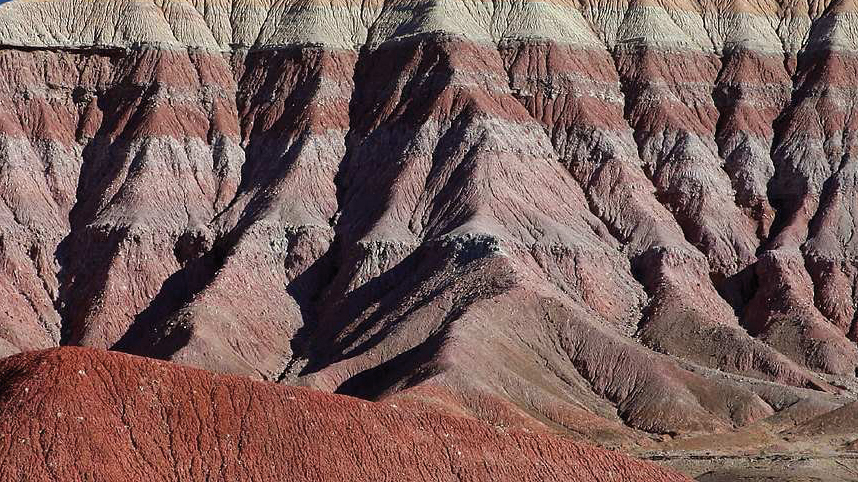

Molecular Imaging of climate proxies
Climate Proxies
In paleoclimatology, one approach for reconstructing past environmental conditions such as sea surface temperature uses molecular markers within the sedimentary record that derive from the membrane lipids of microorganisms that once thrived in the water column. The concept is based on structural modifications of microbial membranes in response to varying conditions in the habitat.
Typically, biomarkers that archive information about past climate conditions, such as C37 alkenones from haptophyte algae, are analyzed chromatographically in lipid extracts obtained from centimeter- and gram-sized sediment samples. The resulting coarse temporal resolution of the data causes abrupt and short-term climate changes to be averaged into smoothed signals and thus remain concealed. However, because these processes occur on equivalent time scales of modern ecosystems, insights and understanding of these paleoenvironments are essential for assessing future climate change. The use of MRMS MALDI imaging for molecular imaging of these components enables paleoclimate research at unprecedented temporal resolution.
For Research Use Only. Not for use in clinical diagnostic procedures.